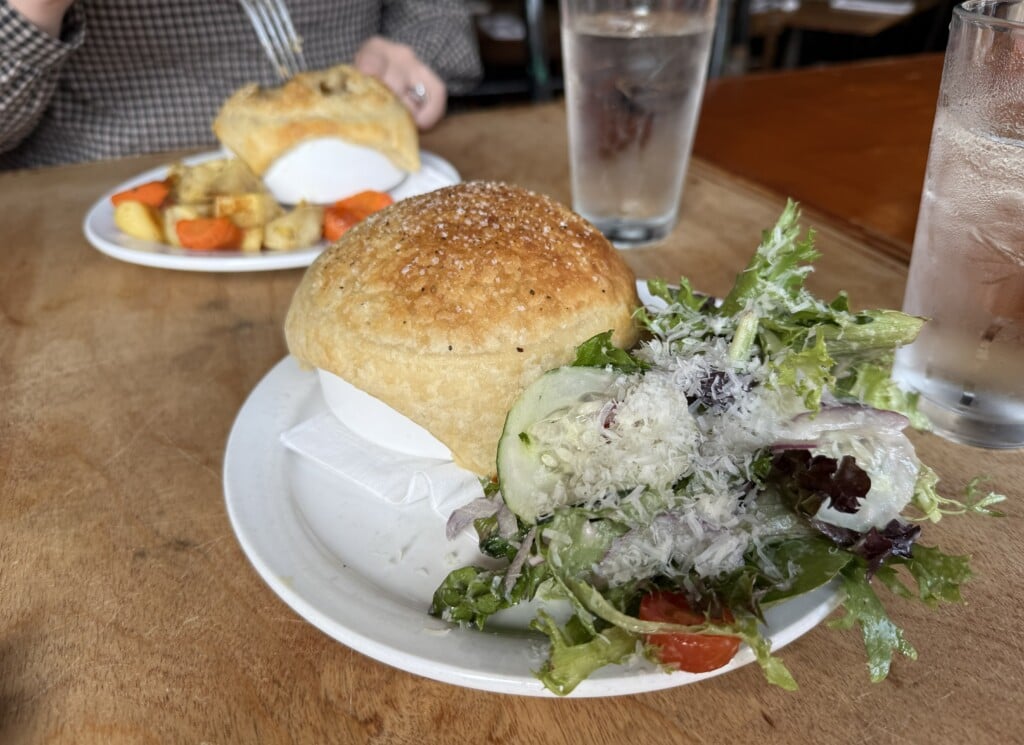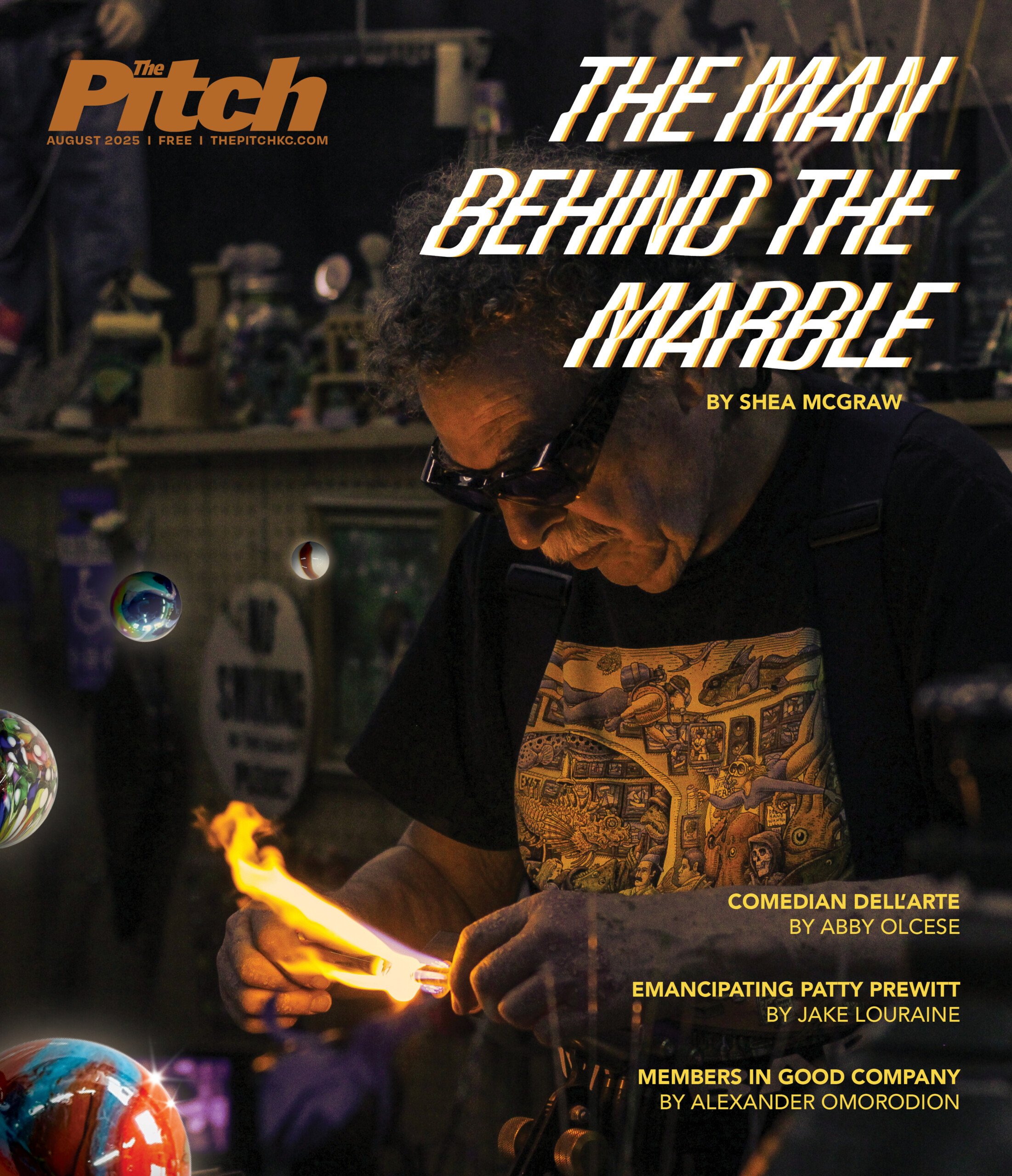The Aging Process
Like a good mix tape, the types of drinks that we’ve consumed remind us of the different eras of our lives. For example, in high school we were all about the wine cooler. College was the period of drinksperimentation; after downing various shots and cheap-ass concoctions like Mad Dog 20/20, Purple Passion and Boone’s Farm (as well as discovering that Bud was the “good beer” frat boys would hide in a different room during parties while everyone else drank the Beast), the girly Amaretto Sour became our drink of choice.
While living in Boulder during our immediate post-college years we became acquainted with Colorado microbrews. Since moving back to KC, we’ve been imbibing vodka cranberries, martinis and screwdrivers. However, supposedly being adultlike now, we decided to expand our palates and study something we wouldn’t normally order, something we hadn’t the first clue about: scotch. We’ve always associated it with old guys smoking cigars in rooms with leather sofas, and we wanted to get to the bottom of the mystique. For that, we enlisted the help of Research Guide Brett, a former professional bartender and scotch aficionado who, upon learning about our quest, stated matter-of-factly, “There is no mystique.”
We started our tour at Harry’s; it was our refuge from the madness of quarter-draw night at Harpo’s, which we’d had to check out for work-related purposes. Crossing the street and fleeing the chaos of cheap beer for the calm, dignified atmosphere of Harry’s on a Tuesday night was quite the culture shock, something we quickly overcame by sitting at the bar.
Brett ordered a Talisker. Its smoky taste hit us at the back of the throat. (That phenomenon is attributable to the malted barley, which is sometimes dried in kilns fueled by peat from Scottish bogs.) He started us off with a Godfather on the rocks, a mix of scotch and Amaretto. The scotch was Dewar’s, a very mild, blended bar standard. The Amaretto sweetened it considerably, but not cloyingly so.
“It’s fascinating — they’re all so different,” Brett said, explaining why he was such a fan. “You can pour me a Laphroaig [an Islay single-malt scotch], and I won’t like it.” He went on to explain how the water, air and even the shape of the still can affect the flavor of a scotch, and how single malts are generally divided into four regions (Highlands, Lowlands, Islay and Speyside), each of which produces a distinct flavor.
Our Tour de Scotch continued at JJs, the bistro just west of the Plaza that not only had a great selection but also, just as impressively, had PBR on tap and in bottles. “Cheap beer and good wine — you can’t go wrong with that,” Brett said. As tempting as the PBR was, we stuck to the mission. Brett ordered a Balvenie 21 Year Old Portwood, another Highland malt, which he described as “sex in a bottle.” Because it was aged in a cask that formerly held port wine, it smelled sweet and tasted somewhat peatastic as well.
Having been trained on the Godfather, we were eager to try scotch all by itself. We got the Dalwhinnie 15 Year on the rocks — our favorite thus far.
“It’s a classic Highland malt,” Brett said. “It’s mild but a bit sweeter.” It was smooth and practically desserty compared with the others. We then moved on to the Lagavulin 16 Year, which was much smokier and heartier (and a darker color than the Dalwhinnie).
As we sipped, we took in the atmosphere. It was a Friday night, and the crowd was made up of people who looked to be thirty- or fortyish and had either stopped in for a drink or were enjoying a post-dinner bar jaunt. In the corner next to us was a married-couple group, the women clad in capri pants and sparkly shoes. Above their heads was an HDTV set to SportsCenter. What more could grown-ups ask for? Well, maybe for Pardon the Interruption to be on.




